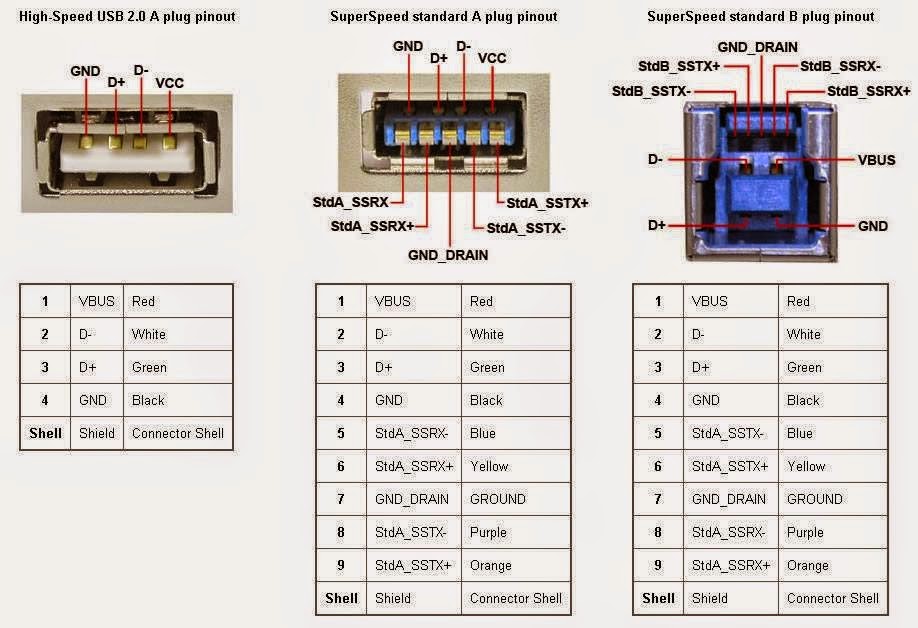

It has a theoretical maximum speed of 20 Gbps. The latest of these standards, USB 3.2 was released in September 2017. Also called SuperSpeed+, USB 3.1 has a theoretical speed of 10 Gbps. In 2013, its successor, USB 3.1 was released. In recent years, much faster USB standards were introduced. However, to ensure the fastest transmit rate possible, both devices that you want to connect should have support for USB 3.0. But USB 2.0 Micro-A plugs are compatible with USB 3.0 Micro-AB receptacles.

You can also charge your devices faster with a USB 3.0 connection. That means USB 3.0 is 225% faster vs USB 2.0 for transferring files. With USB 3.0, it would only take roughly 87 seconds to transfer the same file. That means it would take around 282 seconds (or almost five minutes) to transfer a 10GB file. Real-world tests show that USB 2.0 can transfer files at a speed of 35.4 Mbps (megabits per second).

That may not sound fast, but it’s actually 10 times faster than USB 2.0. That’s roughly 87 seconds (or about a minute and a half). According to a test conducted by Macworld, a 10GB file can be transferred to a hard drive using USB 3.0 at 114.2 Mbps. In real-world tests, USB 3.0 transfers files much slower than its theoretical speeds. This means an HD movie around 1.5GB in size can be transferred from one device to another in less than a second using it (theoretically).

USB 3.0 comes with a theoretical transfer speed of 5 gigabytes per second (Gbps).


 0 kommentar(er)
0 kommentar(er)
